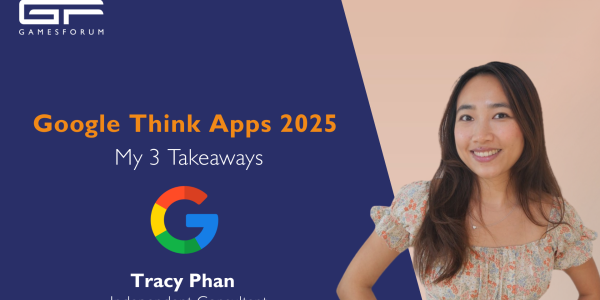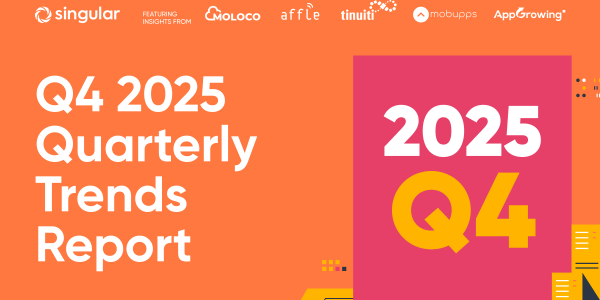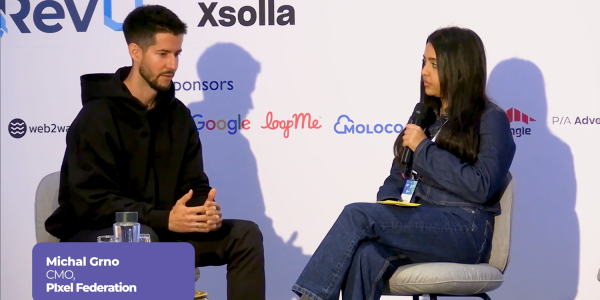CPI Is Dead: The Metric Mix You Should Use to Predict Real LTV Before Day-7

In this piece, Moe Farmani - Senior UA Manager at Admiral Media and formerly with Funstop Games and Deneb Games, breaks down how he navigates the fast-paced world of user acquisition. From balancing short-term metrics with long-term value to managing creative testing, attribution headaches, and shifting genre demands, he shares the playbook he actually uses. Moe also explains why he believes AI is about to shake up UA even more, reshaping everything from creative production to day-to-day campaign decision-making.
How do you balance short-term performance metrics like CPI and ROAS with long-term metrics such as LTV and retention when optimising UA campaigns across different ad networks?
This depends largely on the project’s primary goals and the type of user engagement involved. For example, hyper-casual games typically have short user lifetimes, while casual games have longer ones. In general, I review ROAS cohorts and their curves from the early days, from D1 to D14. Using long-term cohort data such as D60 and D90, we can understand how early-day cohort patterns relate to long-term performance. The same logic applies when connecting KPIs such as CPI and ROAS to LTV, using user-retention cohorts.
When we evaluate ROAS cohorts alongside retention data, we can estimate long-term LTV and determine what early retention and ROAS levels must look like to reach the target LTV and long-term ROAS.
You’ve mentioned exploring AI-driven automation - what’s the most promising way you see AI transforming UA optimisation and creative testing over the next few years?
I divide the use of AI in UA into two main areas: campaign optimization and analysis, and creative production.
In creative production, the rapid advancement of AI in image and video generation has already led to a significant share of ads being produced with AI. This trend is accelerating and should not be overlooked. The ability to iterate quickly, reduce production time and cost, and generate virtually unlimited creative concepts makes AI-driven asset creation a top strategy in the market.
On the campaign side, we are seeing the emergence of AI-powered tools that assist with optimization and data analysis—an approach often referred to as “Vibe Marketing” (similar to “Vibe Coding”). Based on my experience, these tools are promising and increasingly specialized, but at this stage they remain somewhat unreliable. However, as with other AI technologies, improvement tends to be rapid, so it is likely only a matter of time before they become stable and widely adopted. We should continue monitoring these tools, as they are expected to become part of our daily workflow just as AI creative-production tools already have.
When managing campaigns across networks like TikTok, Meta, and Applovin, how do you prioritise spend and measure cross-channel attribution to prevent overcounting installs or revenue?
The primary tool for this purpose is a MMP. It enables you to easily configure your partners (ad networks) and map the specific events you want to track for each channel. With an MMP, you can manage attribution across multiple sources, including DSPs, as well as organic channels such as your Instagram account or any links you share on social media.
Regarding spend prioritisation, this also depends on the project, as channels like Applovin and Unity are more suitable for finding the best kind of users who would be more interactive in the game and have more engagement, while you can use google ads for lower CPIs. But, mostly, I keep the main channels which are more reliable with the higher segment of budget, like Meta, TT (if the results worked properly on them) and then put the other channels next, according to reach audience power and etc.
Could you walk through your process for creative testing and iteration: how do you identify which ad concepts are worth scaling versus discarding early on?
Well, regarding creative testing, there are different strategies that I use based on the spend and campaign scale. If the spend is low and we don't have many creatives, it would be adding the new creatives on the same ad set as the main campaign. If spend is high and we already have several top-performing creatives, I either add a new test ad set and allocate a portion of the budget for testing, or I add a few high-performing creatives to the test set alongside the new ones so the algorithm can evaluate them together against the main set. I then move the top performers into the main ad set.
For identifying the performance of creatives, there are some early KPIs that even in lower spends indicate a really bad creative which should be paused, like CTR and CPC, but for the top performing ones once we see a reliable CPI, we also need to wait for the ROAS and IAP rate data to have an understanding of the quality of the users its delivering.
Where we have the cohort of ROAS alongside retention, we would achieve an estimation of what the LTV would be in long-term data and also make a proper prediction of what early results for retention and ROAS needs to be met to achieve the desired LTV and long-term ROAS.
How do you use market intelligence tools or competitor analysis to inform your UA strategy - especially when deciding which markets or genres to target next?
For each project or game, there is a list of competitors, and there is a chart of the same genre. I would mostly go through their revenue and install reports based on geos, to target the best worked geos for our competitors or the genre. Also, for the genres, to figure what are the next trends, I would usually prepare a list of new published games and track their performance in next weeks, to see which one is scaling and which ones are failing.
Having worked on both hyper-casual and hybrid-casual titles, what key UA differences or pitfalls should marketers keep in mind when shifting between these genres?
The main difference between these two is the monetization model and strategy they use - for hyper-casual it is mostly based on IAA, which leads into shorter user engagement, while on the hybrid-casual games side, the monetization model is a hybrid plan between IAA and IAP, and it requires a longer term user engagement. We also need to focus on high early retention rate for hyper-casual games, like 45% of D1, but for hybrid-casual games we need to focus on deeper funnel engagement like D30 or even D60, and also some in game events and IAP rates.
How do you align UA goals with monetization strategies, especially balancing IAP and IAA revenue streams to drive sustainable growth?
I usually tackle this with different campaign setting and bidding goals. Hybrid ROAS campaigns, against only IAP ROAS campaigns, ad impression event targeting, LAL audience of IAP makers, or whales - I test these campaigns alongside each other to target different users for different behaviours within the game and different player personas, and see which of them are delivering what kind of results.
What are your predictions for the UA space over the next few years?
As I have mentioned, AI is a huge trend on both the creative side and also vibe marketing. I believe for the UA perspective in the coming years, vibe marketing will become a huge trend where it's less about managing campaigns and creative testing but more about strategic planning and insights.













